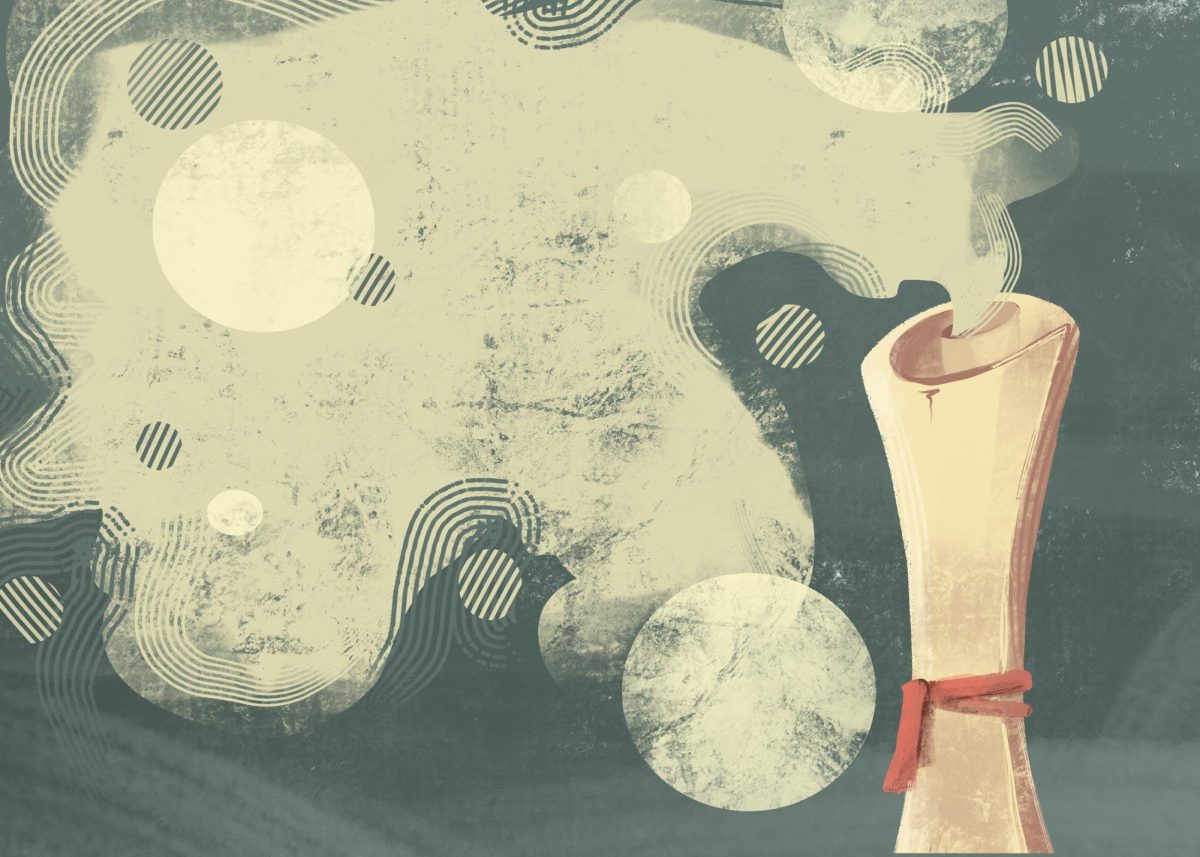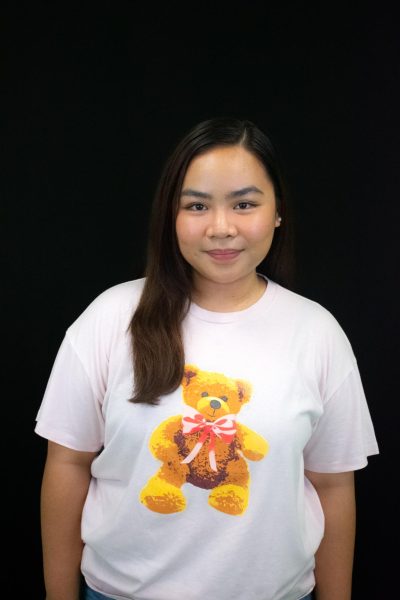Whenever Lunar New Year comes around, brands often release limited edition items or collections inspired by the celebration. Even though the holiday is now over, many of these products will remain on the shelves. This year, the red and gold merchandise features the zodiac sign for 2024, the Year of the Dragon.
Growing up, I thought that it was considerate for companies to release Lunar New Year collections, thinking that they were joining in on the celebration and wanted to show appreciation toward Asian consumers. It wasn’t until my first year in college at Loyola University Chicago that my feelings flipped entirely.
My professor, who was also Chinese, was having my class discuss stereotypes and how they’ve been globalized. As an example, she showed us an advertisement from Dolce & Gabbana that had come out that month in 2019 for the Lunar New Year. The video depicts an Asian woman attempting to use chopsticks to eat foods that wouldn’t call for using utensils. Following this clip, my professor also showed Burberry’s Lunar New Year ad, which faced heavy criticism for its “stereotypical” depiction of an Asian family. In the ad, models posed awkwardly and straight-faced. They were both offensive.
The Dolce & Gabbana commercial felt like it was undermining Asian people, assuming that we always ate with chopsticks no matter the food, even if it wasn’t practical. The Burberry campaign showed no authenticity, no relatability to the culture or the holiday. My previous gratitude toward brands showcasing the Lunar New Year was flat-lined. In these advertisements, there were no calls for celebration, tradition, or hope and spirit– all very fundamental to the new year for me, my family, and several others in the Asian community. After keeping this critical eye, it became apparent to me that numerous brands will use the holiday as a cash-in, exploiting Asian culture for economic gain. This seems especially true considering so much of the global population is Asian and can be seen as a “significant market opportunity,” as put by Ellen Nguyen for BBC.
Even in the absence of such overtly stereotypical or racist campaigns, several Lunar New Year collections are the same year after year. Brands often design and sell products that already exist for the company in red and gold, like Stanley’s Lunar New Year tumbler. Others will play into prominent Asian motifs and materials, like jade and silk or patterns painted on porcelain. Some brands, like Charlotte Tilbury, will temporarily rebrand some of their products to appeal to the New Year celebration. To consistently use these details or methods and not explore further seems lazy, haphazard, and feels like a cop-out. Brands that are doing this are playing it far too safe, to the point that it’s actually causing detriment. Instead of feeling acknowledged, I feel further disconnected from these businesses and don’t feel inclined to give them my money and support.
What’s fascinating is how easily brands can quit their charade of Asian appreciation, which is really appropriation, and show genuine recognition toward their Asian audience. Brands that can accurately take into consideration the heritage, customs and beliefs exist. Not only that but they are greatly acclaimed for doing so.
LOEWE’s Lunar New Year 2024 Jade Collection captured the essence of the celebration spectacularly and showed deep appreciation for Asian culture. The pendants in the collection were hand-carved by three master jade carvers, who were all Asian. Each of the pendants was a prominent symbol in Chinese culture, representing fertility, wealth, or luck– three popular wishes for the new year. They were also in colors besides the typical red and gold, as colors act as different representations in Asian culture. While red and gold are deemed lucky, there are other colors that bring luck to each of the Chinese zodiac signs, depending on the given year.
LOEWE’s collection is a prime example of how brands can participate in the Lunar New Year and add to the experience rather than solely take advantage of the holiday. Other businesses should implement practices just as LOEWE did: learn about Asian culture, collaborate with Asian artists and professionals and release items that are more thoughtful in design. Instead of focusing solely on economic gain, companies need to realize they must move, enrich and excite customers.
While the efforts may cost more money for companies, which is a valid concern, it’s more concerning when companies show negligence to an entire population of people. If businesses put more thought into what they produce, they will likely get a higher profit and increase their popularity. This is about investment, not fast cash.
Anyone can slap red and gold on some products and sell a few. We’re tired of seeing the same thing over and over again when it doesn’t have to be this way. Integrate mindfulness, intelligence, empathy and sincerity to craft an item that will deeply resonate with an abundance of people. Bring brilliant memories to a beloved holiday.
Samantha Ho is a junior journalism major from north suburban Chicago.




















